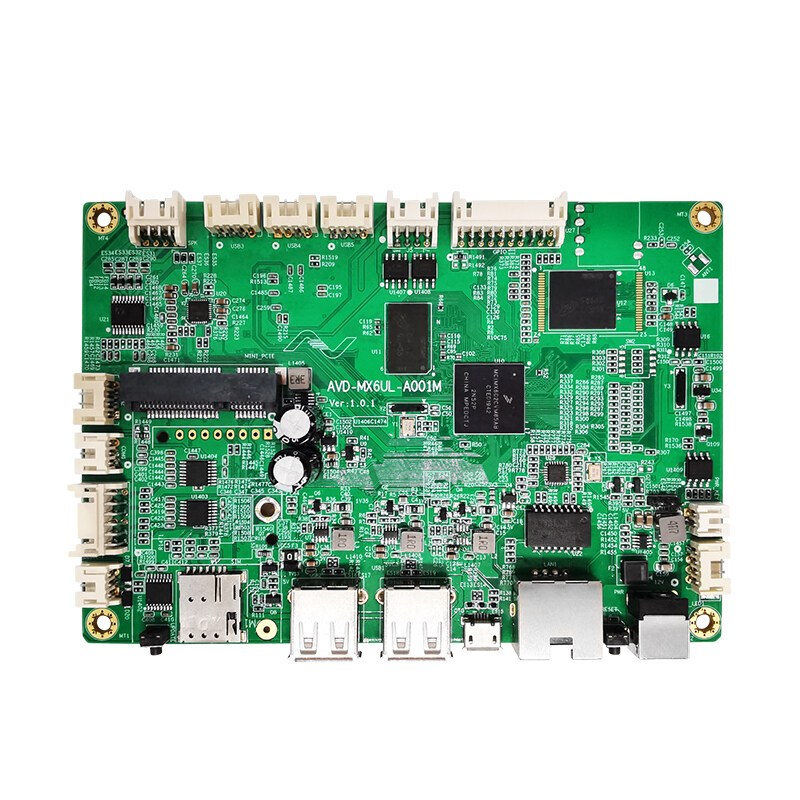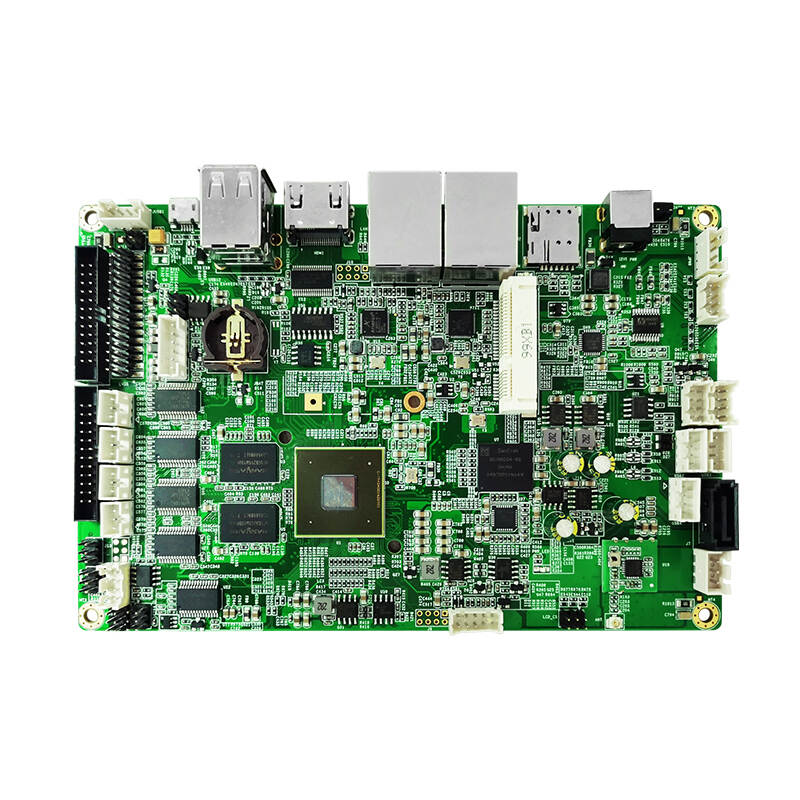Email format error
Email cannot be empty
Email already exists
6-20 characters(letters plus numbers only)
The password is inconsistent
Email format error
Email cannot be empty
Email does not exist
6-20 characters(letters plus numbers only)
The password is inconsistent


In the fast-paced world of electronic engineering, innovations constantly reshape the landscape, driving efficiency and compactness to new heights. Amidst this whirlwind of progress, "Chip on Board" (COB) technology emerges as a beacon of transformation, revolutionizing industries with its compact design and enhanced performance. In this comprehensive exploration, we embark on a journey through the realm of COB technology, delving deep into its intricacies, applications, and the profound impact it holds.
Understanding COB Technology
What is Chip on Board (COB) Technology?
Chip on Board (COB) technology revolutionizes traditional packaging methods by directly mounting bare semiconductor chips onto a substrate. This departure from conventional packaging not only streamlines manufacturing processes but also enhances thermal conductivity and minimizes footprint, making COB a preferred choice for compact electronic designs.
The Anatomy of COB
At the heart of COB modules lie bare semiconductor chips, meticulously bonded to a substrate without the encumbrance of traditional packaging. This direct integration not only optimizes heat dissipation but also ensures efficient electrical connectivity, paving the way for high-performance electronic devices.
Advantages of COB Technology
● Compact Form Factor
COB's minimalist design ethos enables manufacturers to push the boundaries of miniaturization, culminating in ultra-compact electronic devices without sacrificing functionality. From miniature sensors to sophisticated wearables, COB technology empowers designers to craft sleek, space-efficient solutions tailored to modern lifestyles.
● Enhanced Thermal Management
By circumventing the encapsulation layer, COB modules exhibit superior thermal conductivity compared to their packaged counterparts. This enhanced heat dissipation capability not only prolongs the lifespan of electronic components but also ensures reliable performance even in demanding environments.
● Improved Electrical Performance
The direct connection between semiconductor chips and the substrate minimizes parasitic capacitance and inductance, bolstering signal integrity and reducing power losses. Consequently, COB technology facilitates high-speed data transmission and efficient power delivery, driving innovation across diverse applications.
Applications of COB Technology
● LED Lighting
In the realm of illumination, COB technology shines bright, offering unparalleled luminous efficacy and design flexibility. COB LED arrays deliver uniform illumination with precise beam control, revolutionizing architectural lighting, automotive headlights, and indoor horticulture lighting solutions.
● Consumer Electronics
From smartphones to smart appliances, COB technology permeates the fabric of consumer electronics, enabling manufacturers to deliver more functionality in compact packages. The compact nature of COB modules underpins the development of slim smartphones, lightweight laptops, and immersive audio devices, enriching the consumer experience.
● Automotive Systems
In the automotive arena, COB technology drives innovation, enhancing safety and efficiency on the road. COB LED headlights illuminate the way forward with unrivaled clarity, while COB sensor modules enable advanced driver-assistance systems (ADAS), laying the foundation for autonomous driving and safer roads.
● Medical Devices
COB technology revolutionizes healthcare by enabling the creation of compact and reliable medical devices. From wearable health monitors to implantable sensors, COB modules empower healthcare professionals with real-time data insights, personalized treatment options, and improved patient outcomes.
Challenges and Future Outlook with Chip on Board (COB)
● Quality Control
Despite its myriad benefits, COB technology presents challenges in quality control and reliability assurance. Ensuring consistent wire bonding and substrate integrity is paramount to prevent performance degradation and premature failure in COB devices, necessitating robust quality assurance protocols.
● Miniaturization and Integration
As the demand for smaller, more powerful electronic devices escalates, COB technology must evolve to support further miniaturization and integration. Advances in materials science, manufacturing processes, and integration techniques are pivotal to unlocking the full potential of COB in next-generation electronics.
Conclusion
In conclusion, Chip on Board (COB) technology stands as a testament to the ingenuity of electronic engineering, offering a seamless blend of compactness, thermal management, and electrical performance. From illuminating our surroundings to safeguarding our health and enhancing our daily lives, COB technology catalyzes innovation across diverse industries. As we chart a course into the future, ongoing research and development will continue to propel COB technology to new heights, shaping the electronics landscape for generations to come.